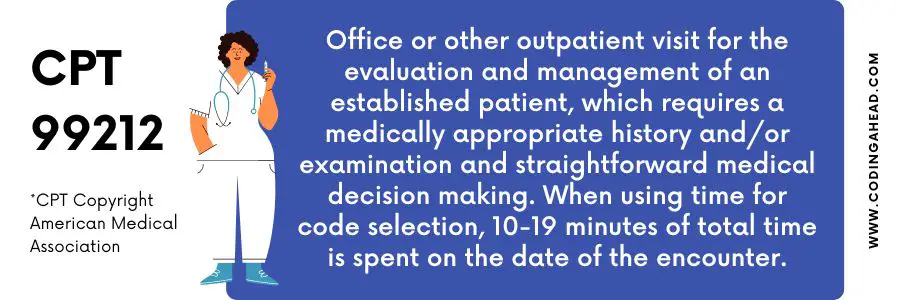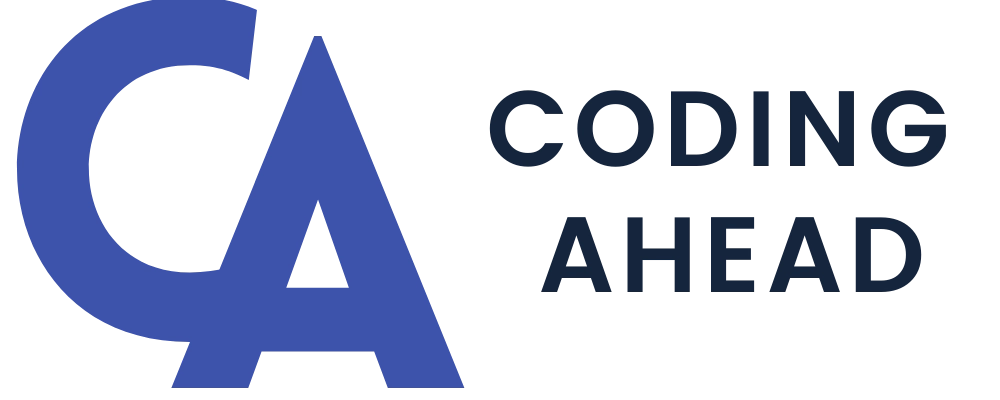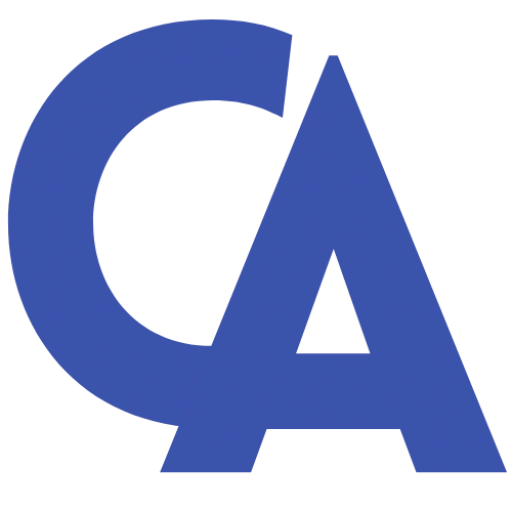99212 CPT Code (2023) | Description, Guidelines, Reimbursement, Modifiers & Example
99212 CPT code is used for billing office or other outpatient visit. These codes are typically reported daily and are differentiated as new or established patients. There are five levels under the services of office or other outpatient visits for the Established patient category represented by 99211-99215. This article will help you with proper coding, Billing guidelines, Modifiers, and reimbursement for the 99212 CPT code.
Summary
CPT codes 99211-99215 report office or other outpatient services for only established patients. 99212 CPT code is the low-level E&M code and includes straightforward medical decision-making.
According to medical coding and billing guidelines, An Established patient has received professional services from a physician, another physician, or other qualified healthcare professionals of the same specialty or subspecialty and belongs to the same practicing group within the past three years.
A medically appropriate history and physical examination should be documented as determined by the treating provider. The right level of history and physical examination is no longer used when determining the level of service and is only used to make the level of E&M codes.

Codes should be selected based on the current CPT Medical Decision-Making table. Alternatively, time alone may be used to determine the appropriate level of service. Total time for reporting these services includes face-to-face and non-face-to-face time personally spent by the Doctor or other health care professionals on the encounter date.
- 99212- problem-focused brief (1-3 elements)
- 99212- problem-focused limited – affected area or organ system
- 99212- straightforward minimal
The performing provider may report telemedicine services by adding modifier 95 to these procedure codes and using the appropriate place of service.
Providers report this 99212 CPT code for established patients being seen in the Doctor’s office, a multispecialty group clinic, or other outpatient environments. Furthermore, CPT 99212 is the basic service, which entails straightforward MDM with minor conditions. While using time for code selection of CPT code 99212, 10-19 minutes of the total time should be spent on the encounter date.
Description Of The 99212 CPT Code
99212 CPT code – Office or other outpatient visits for an established patient (Evaluation & management) requires a medically appropriate history, examination, and straightforward MDM (Medical decision-making). When selecting the level of E&M code, it should be between 10-19 minutes spent on the date of the encounter.
Straight forward Medical Decision Making includes diagnosing, assessing the conditions of low severity or mild complexity, and selecting a treatment w.r.t the disease or illness.
Selection Criteria of CPT code 99212:
The selection of the proper level of E/M services for established patients is based on the criteria mentioned above.
- An expanded problem-focused history
- An expanded issue-focused examination
- Straightforward medical decision-making.
The story of the MDM is defined for each service.
The total time for Evaluation and Management services performed on the encounter date.
Time must be between 10-19 minutes.
The number and complexity of the problem that is reported during the encounter.
The complexity of data to be analyzed and reviewed, including medical records, lab testing, and other information that must be obtained and ordered for the encounter.
All the confronting and non–confronting time spent by the clinician on the day of the visit should be counted. Counseling should never be more than 50% of the total time.
Key points:
The key elements of evaluation & management (E/M) services are:
- History
- Medical decision-making.
- Examination
When billing and coding established office or outpatient services patients, two key elements must be fully documented to bill other than 99211.
When counseling and Conciliation of care dominate more than 50% with the patient or family (Confronting time in the office or different outpatient setting), time may be considered the primary factor for qualification for particular E/M services.
Documentation Tips
Medicare allows only the medically essential portion of the visit. Even if a complete medical note is created, only the essential services for the patient’s condition at the time of the visit can be considered in determining the level of an E/M code. Medical necessity must be clearly stated and support the level of service reported.
Medical necessity is the Diagnosis code reported to tell the payer why service is performed. For a service to be considered medically necessary, diagnosing or treating a patient’s medical condition must be reasonable and necessary.
Documentation should include the history and exam performed and the medical decision-making. When time is the determinant for code selection, the total time should be between 10-19 minutes for CPT code 99212. Medical necessity must be clearly stated and support the level of service reported.
Reimbursement
Report these services with place-of-service code 11, representing the clinician’s office location, or 22, designating an outpatient setting. When a separately identifiable service is performed on the same day with CPT code 99212, modifier 25 should be appended to the 99212 CPT code to indicate the service as distinct from the other procedures or services performed on that DOS.
POS 11:
when services are provided in a physician’s office space or on the hospital campus, that physician’s office space is not part of a provider-based hospital department.
POS 22:
On Campus-Outpatient Hospital
Billing Guidelines
According to billing guidelines, only one unit per visit of CPT code 99212 is allowed to be billed.
The level of E&M service billed must be based on the treatment of a low level of complexity (having one self-limited or minor problem and straightforward MDM) performed concerning the medical care required by the reported symptoms, resulting in the patient’s diagnosis.
Cost and Relative value units of the facility services:
The Cost and total RVUs of CPT code 99212 are $36.68 and 1.06000, respectively, for National and Global Facility Services.
Cost and Relative value units of the non-facility services:
The Cost and total RVUs of CPT code 99212 are $57.45 and 1.66000, respectively, for National and Global Non-Facility Services.
Facility codes reflect the volume and ferocity of resources the facility uses to provide care.
Modifier 24 With Example
Unrelated E&M service given by the Same Physician or Other Qualified Health Care Professional During a global period (postoperative) of an effective procedure.
Modifier 24 is appended with the E&M code when a patient is in the global fee period of a major or minor procedure performed within the global fee period. Still, They returned for a different condition or procedure with another Diagnosis code.
Example:
A surgeon performed a hernia repair on February 12, 2022. The procedure has a 90-day global period, so all related post-op care is included in the payment for the hernia. But, on March 3, the patient returned for a breast lump evaluation. So, in this case, the breast lump is a different area unrelated to a hernia. So modifier 24 should be appended to E&M.
Modifier 95 and GT
Both modifiers have almost the exact description and use. These are Synchronous Telemedicine Services provided through a Real-Time Interactive video or audio Telephonic or telecommunication approach. Only the difference is Modifier 95 is used for Commercial insurance, and GT is used for Medicare.
Telemedicine service is a real-time interaction of a physician with a patient far away from the physician’s office. The information exchanged between the patient and physician or other qualified health care professionals during the telephonic communication service must be sufficient to meet the key components and requirements of the service when provided via direct face-to-face interaction.
So modifier 95 or GT should be appended to E&M service rendered via a telecommunication system.
Modifier 57 With Example
57- “Decision for surgery.” An E&M service resulted in the decision to perform the significant/major surgery identified using a 57-modifier to the appropriate level of E/M service.
Use Modifier 57 to indicate an Evaluation and Management (E/M) service when the initial decision to perform surgery is the day before major surgery (90 days global) or the day of major surgery.
Example:
Suppose a surgeon sees a patient, appropriately documents the encounter, and recommends that a laparoscopic appendectomy (CPT 44970, 90-day global period) be performed later. So, due to the same day of surgery, decision modifier 57 should be appended to E&M Code.
Modifier 25 With Example
Separate identifiable E&M service performed by the Same Physician or Other Qualified Health Care Professional on the Same Day when another minor or major procedure is performed.
Use modifier 25 on an E/M service performed during the same session as a preventive care visit when significant, separately identifiable E/M service is rendered in addition to the preventive care.
Use modifier 25 always when the Evaluation and management service is Distinct, significantly identifiable, and separately documented as another service different from the E&M service.
Example:
A patient came to the Doctor’s office for straightforward evaluation and management of shoulder pain, and the Doctor aspired 2ml synovial fluid from the joint. In this case, modifier 25 would be appended to the CPT 99212, describing the E&M as a separate procedure.
Billing Examples
The following are examples of when CPT 99212 may be billed.
Example 1
Office visit for an 11-year-old, established patient, seen in follow-up for mild comedonal acne of the cheeks on topical desquamating agents. (Dermatology/Family Medicine/Pediatrics)
Example 2
Office visit for a 10-year-old female, established patient, who has been swimming in a lake, now presents with a one-day history of left ear pain with purulent drainage.(Family Medicine)
Example 3
Office visit for a child, established patient, with chronic secretory otitis media. (Otolaryngology/Head & Neck Surgery)
Example 4
Office visit for an established patient seen in the follow-up of clearing patch of localized contact dermatitis. (Family Medicine/Dermatology)
Example 5
Office visit for an established patient returning for evaluation of response to treatment of lichen planus on wrists and ankles. (Dermatology)
Example 6
Office visit for an established patient with tinea pedis treated with topical therapy. (Dermatology)
Example 7
Office visit for an established patient with localized erythematous plaque of psoriasis with topical hydration. (Dermatology)
Example 8
Office visits for a 50-year-old male, established patient, recently seen for acute neck pain, diagnosis of spondylosis, responding to physical therapy and intermittent cervical traction. Returns for evaluation for return to work. (Neurology)
Example 9
Office visit for an established patient with recurring episodes of herpes simplex who has developed a clustering of vesicles on the upper lip. (Oral & Maxillofacial Surgery)
Example 10
Evaluation of a 50-year-old male established patient, who has experienced a recurrence of knee pain after he discontinued NSAID. (Anesthesiology/Pain Medicine)
Example 11
Office visit for an established patient with an irritated skin tag for reassurance. (Dermatology)
Example 12
Office visit for a 40-year-old, established patient, who has experienced a systemic allergic reaction following administration of immunotherapy; the dose must be readjusted. (Allergy & Immunology)
Example 13
Office visit for a 33-year-old, established patient for contusion and abrasion of the lower extremity. (Orthopaedic Surgery)
Example 14
Office visit for a 22 –year-old male, established patient, one month after I & D of “wrestler’s ear”. (Plastic Surgery)
Example 15
Office visit for a 21-year-old, established patient seen in follow-up after antibiotic therapy for acute bacterial tonsillitis. (Otolarygology/Head & Neck Surgery)
Example 16
Office visit for a 4-year-old, established patient with tympanostomy tubes, check-up. (Otolarynology/Head & Neck Surgery)
Example 17
Office visit for an established patient with needle aspiration of a peritonsillar abscess. (Orolaryngology/Head & Neck Surgery)
Example 18
Follow-up office examination for evaluation and treatment of acute draining ear in a 5-year-old with tympanotomy tubes. (Otolaryngology/Head & Neck Surgery)
Example 19
Office visit established patient, a 6-year-old with a sore throat and headache. (Family Medicine/Pediatrics)
Example 20
Office evaluation for possible purulent bacterial conjunctivitis with one-to two-day history of redness and discharge, 16-year-old female, established patient. (Pediatrics/Internal Medicine/Family Medicine)
Example 21
Office visit for a 65-year-old female, established patient, returns for three-week follow-up for resolving severe ankle sprain. (Orthopaedic Surgery)
Example 22
Office visit, sore throat, fever, and fatigue in a 19-year-old college student, established patient. (Internal Medicine)
Example 23
Office visit with a 33-year-old female, an established patient, recently started on treatment for hemorrhoidal complaints, for re-evaluation. (Colon & Rectal Surgery)
Example 24
Office visit for a 27-year-old female, established patient, with complaints of vaginal itching. (Obstetrics & Gynaecology)
Example 25
Office visit for a 65-year-old, established patient with eruptions on both arms from poison oak exposure. (Allergy & Immunology/Internal Medicine)


